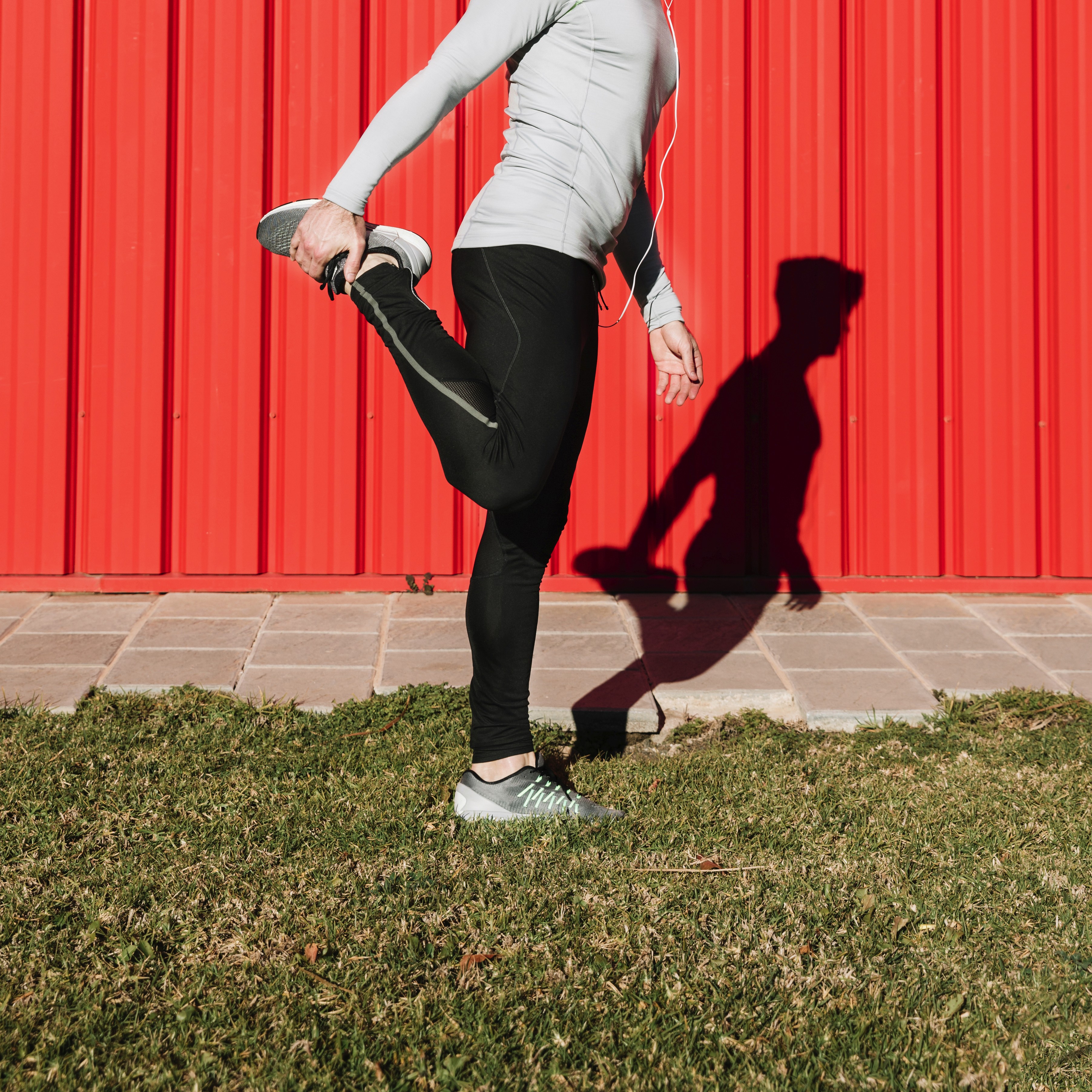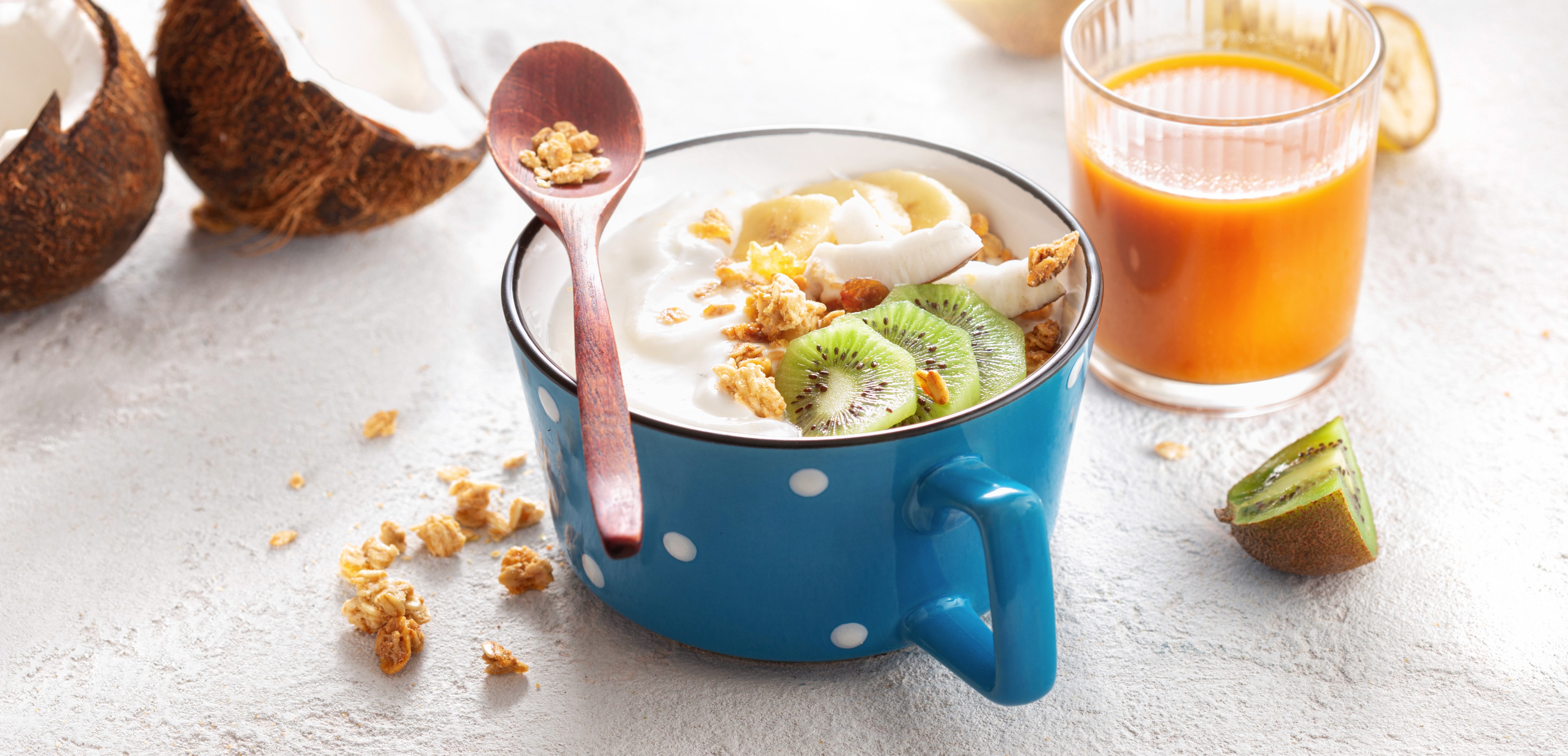Back
Back
Back



What is the 30/30/30 Rule for Weight Loss? (And How to Use Caloric to Apply It)
What is the 30/30/30 Rule for Weight Loss? (And How to Use Caloric to Apply It)
The Simplicity Behind the 30/30/30 Rule
In a world filled with complicated diets, extreme fasting, and detox teas, the 30/30/30 rule stands out for one reason—it’s simple, effective, and sustainable. Popularized by fitness coach Tim Ferriss and more recently by Gary Brecka, this weight loss strategy involves:
30 grams of protein
Within 30 minutes of waking up
Followed by 30 minutes of light movement
It’s not a fad—this method is rooted in blood sugar stability, hormonal balance, and the science of metabolism. In this post, we’ll break down how it works and how to easily implement it using the Caloric App to stay on track..
In a world filled with complicated diets, extreme fasting, and detox teas, the 30/30/30 rule stands out for one reason—it’s simple, effective, and sustainable. Popularized by fitness coach Tim Ferriss and more recently by Gary Brecka, this weight loss strategy involves:
30 grams of protein
Within 30 minutes of waking up
Followed by 30 minutes of light movement
It’s not a fad—this method is rooted in blood sugar stability, hormonal balance, and the science of metabolism. In this post, we’ll break down how it works and how to easily implement it using the Caloric App to stay on track..
In a world filled with complicated diets, extreme fasting, and detox teas, the 30/30/30 rule stands out for one reason—it’s simple, effective, and sustainable. Popularized by fitness coach Tim Ferriss and more recently by Gary Brecka, this weight loss strategy involves:
30 grams of protein
Within 30 minutes of waking up
Followed by 30 minutes of light movement
It’s not a fad—this method is rooted in blood sugar stability, hormonal balance, and the science of metabolism. In this post, we’ll break down how it works and how to easily implement it using the Caloric App to stay on track..
What Affects the Calories You Burn While Walking?
Let’s break it down:
30g of Protein Early: According to a 2014 study from The American Journal of Clinical Nutrition, high-protein breakfasts reduce ghrelin (the hunger hormone), control cravings, and help regulate blood sugar.
Within 30 Minutes of Waking: This timing blunts the cortisol spike that typically happens in the morning. Elevated cortisol can cause fat storage—especially around the belly.
30 Minutes of Movement: Low-intensity fasted cardio (walking, yoga, cycling) supports fat oxidation and improves insulin sensitivity, as shown in this NIH-published meta-analysis.
Together, these three steps set the tone for fat-burning and stable energy all day.



2. Sample 30/30/30 Morning Routine (Under 500 Calories)
Here’s how a 30/30/30 morning could look:
7:30 AM – Wake up
8:00 AM – Eat 30g of protein:
3 eggs + 3 egg whites + 1 slice whole grain toast
Greek yogurt + chia seeds + blueberries
See more 30g protein meal ideas here
8:30 AM – 30-minute walk or light home workout
Walk around the block or treadmill at a moderate pace
Try yoga, bodyweight squats, or stretching
Here’s how a 30/30/30 morning could look:
7:30 AM – Wake up
8:00 AM – Eat 30g of protein:
3 eggs + 3 egg whites + 1 slice whole grain toast
Greek yogurt + chia seeds + blueberries
See more 30g protein meal ideas here
8:30 AM – 30-minute walk or light home workout
Walk around the block or treadmill at a moderate pace
Try yoga, bodyweight squats, or stretching
Here’s how a 30/30/30 morning could look:
7:30 AM – Wake up
8:00 AM – Eat 30g of protein:
3 eggs + 3 egg whites + 1 slice whole grain toast
Greek yogurt + chia seeds + blueberries
See more 30g protein meal ideas here
8:30 AM – 30-minute walk or light home workout
Walk around the block or treadmill at a moderate pace
Try yoga, bodyweight squats, or stretching



3. How to Track 30g of Protein Using the Caloric App
The hardest part of this rule? Getting that 30g of protein in the morning—and making sure you're accurate.
That’s where Caloric shines:
Snap a photo or scan your breakfast ingredients
Let the AI auto-log the meal and show exact protein content
Track progress, calories, and macros without guesswork
It’s far faster than manual entry in traditional apps like MyFitnessPal, and it syncs with Apple Health or Fitbit so your 30 minutes of movement are counted too.
The hardest part of this rule? Getting that 30g of protein in the morning—and making sure you're accurate.
That’s where Caloric shines:
Snap a photo or scan your breakfast ingredients
Let the AI auto-log the meal and show exact protein content
Track progress, calories, and macros without guesswork
It’s far faster than manual entry in traditional apps like MyFitnessPal, and it syncs with Apple Health or Fitbit so your 30 minutes of movement are counted too.
The hardest part of this rule? Getting that 30g of protein in the morning—and making sure you're accurate.
That’s where Caloric shines:
Snap a photo or scan your breakfast ingredients
Let the AI auto-log the meal and show exact protein content
Track progress, calories, and macros without guesswork
It’s far faster than manual entry in traditional apps like MyFitnessPal, and it syncs with Apple Health or Fitbit so your 30 minutes of movement are counted too.
4. Best Protein-Rich Breakfast Foods to Hit 30g Easily
Here are whole food options that get you to 30g protein quickly:
3 eggs + 3 egg whites + turkey bacon (32g)
1 cup Greek yogurt + 1 tbsp peanut butter + hemp seeds (30–35g)
Tofu scramble + 1 slice Ezekiel bread (28–32g)
Protein oatmeal with almond butter and flax (29–30g)
Want ideas to match your diet style? Check out this protein breakdown guide by the Academy of Nutrition and Dietetics.
Here are whole food options that get you to 30g protein quickly:
3 eggs + 3 egg whites + turkey bacon (32g)
1 cup Greek yogurt + 1 tbsp peanut butter + hemp seeds (30–35g)
Tofu scramble + 1 slice Ezekiel bread (28–32g)
Protein oatmeal with almond butter and flax (29–30g)
Want ideas to match your diet style? Check out this protein breakdown guide by the Academy of Nutrition and Dietetics.
Here are whole food options that get you to 30g protein quickly:
3 eggs + 3 egg whites + turkey bacon (32g)
1 cup Greek yogurt + 1 tbsp peanut butter + hemp seeds (30–35g)
Tofu scramble + 1 slice Ezekiel bread (28–32g)
Protein oatmeal with almond butter and flax (29–30g)
Want ideas to match your diet style? Check out this protein breakdown guide by the Academy of Nutrition and Dietetics.
5. Is 30 Minutes of Movement Necessary?
No, it’s not mandatory—but it turbocharges results.
Studies from the American Council on Exercise (ACE) show that light post-meal movement improves glucose regulation, reduces bloating, and increases fat oxidation—especially when done in the morning.
Even a 20-minute walk can make a difference.
Use Caloric to connect with Apple Health, Google Fit, or Fitbit and let it log your activity automatically.
No, it’s not mandatory—but it turbocharges results.
Studies from the American Council on Exercise (ACE) show that light post-meal movement improves glucose regulation, reduces bloating, and increases fat oxidation—especially when done in the morning.
Even a 20-minute walk can make a difference.
Use Caloric to connect with Apple Health, Google Fit, or Fitbit and let it log your activity automatically.
No, it’s not mandatory—but it turbocharges results.
Studies from the American Council on Exercise (ACE) show that light post-meal movement improves glucose regulation, reduces bloating, and increases fat oxidation—especially when done in the morning.
Even a 20-minute walk can make a difference.
Use Caloric to connect with Apple Health, Google Fit, or Fitbit and let it log your activity automatically.
6. Benefits of the 30/30/30 Rule for Weight Loss
✅ Reduces hunger and snacking
✅ Improves fat metabolism early in the day
✅ Stabilizes blood sugar and energy
✅ Creates an easy routine to build consistency
✅ Supports muscle maintenance while in a calorie deficit
It also encourages intentional mornings, which carry over into better decision-making all day long.
✅ Reduces hunger and snacking
✅ Improves fat metabolism early in the day
✅ Stabilizes blood sugar and energy
✅ Creates an easy routine to build consistency
✅ Supports muscle maintenance while in a calorie deficit
It also encourages intentional mornings, which carry over into better decision-making all day long.
✅ Reduces hunger and snacking
✅ Improves fat metabolism early in the day
✅ Stabilizes blood sugar and energy
✅ Creates an easy routine to build consistency
✅ Supports muscle maintenance while in a calorie deficit
It also encourages intentional mornings, which carry over into better decision-making all day long.



7. Common Mistakes to Avoid
Skipping protein and just eating carbs (toast, cereal, fruit)
Delaying breakfast by more than an hour
Doing high-intensity workouts fasted (which may spike cortisol)
Forgetting to log your protein intake or movement
Skipping protein and just eating carbs (toast, cereal, fruit)
Delaying breakfast by more than an hour
Doing high-intensity workouts fasted (which may spike cortisol)
Forgetting to log your protein intake or movement
Skipping protein and just eating carbs (toast, cereal, fruit)
Delaying breakfast by more than an hour
Doing high-intensity workouts fasted (which may spike cortisol)
Forgetting to log your protein intake or movement



8. Who is the 30/30/30 Rule Best For?
Busy professionals looking for structure
People struggling with emotional or late-night eating
Beginners who want a simple fat loss formula
Intermittent fasting fans (who can modify the time)
Busy professionals looking for structure
People struggling with emotional or late-night eating
Beginners who want a simple fat loss formula
Intermittent fasting fans (who can modify the time)
Busy professionals looking for structure
People struggling with emotional or late-night eating
Beginners who want a simple fat loss formula
Intermittent fasting fans (who can modify the time)
Simple Wins the Race
The 30/30/30 rule isn’t a gimmick—it’s a strategy rooted in blood sugar control, satiety, and habit formation.
By front-loading your day with quality protein and movement, you’ll improve your chances of fat loss without counting every bite all day long.
Pair this method with a smart, supportive tool like Caloric, and staying consistent becomes effortless.
The 30/30/30 rule isn’t a gimmick—it’s a strategy rooted in blood sugar control, satiety, and habit formation.
By front-loading your day with quality protein and movement, you’ll improve your chances of fat loss without counting every bite all day long.
Pair this method with a smart, supportive tool like Caloric, and staying consistent becomes effortless.
The 30/30/30 rule isn’t a gimmick—it’s a strategy rooted in blood sugar control, satiety, and habit formation.
By front-loading your day with quality protein and movement, you’ll improve your chances of fat loss without counting every bite all day long.
Pair this method with a smart, supportive tool like Caloric, and staying consistent becomes effortless.